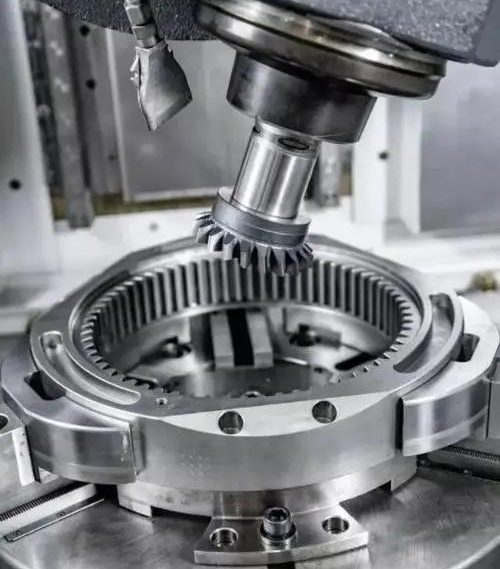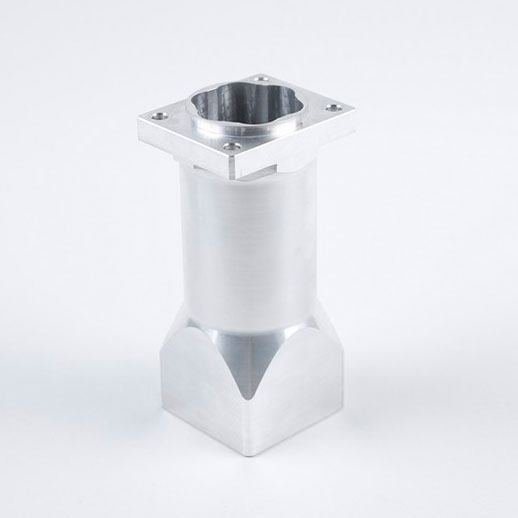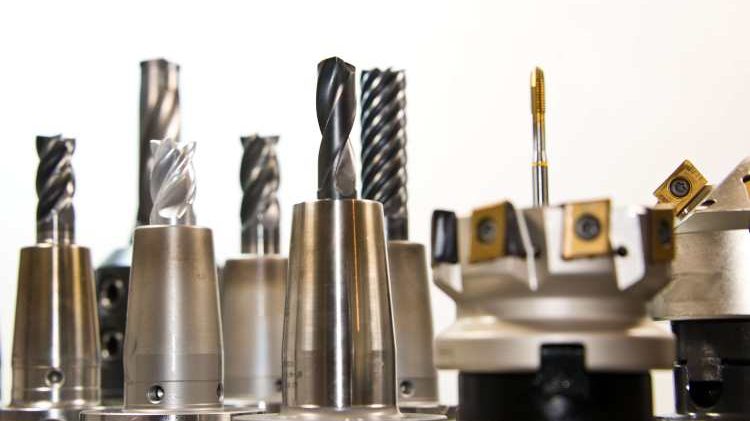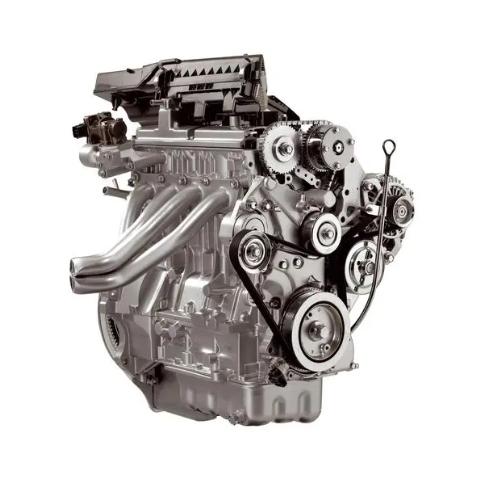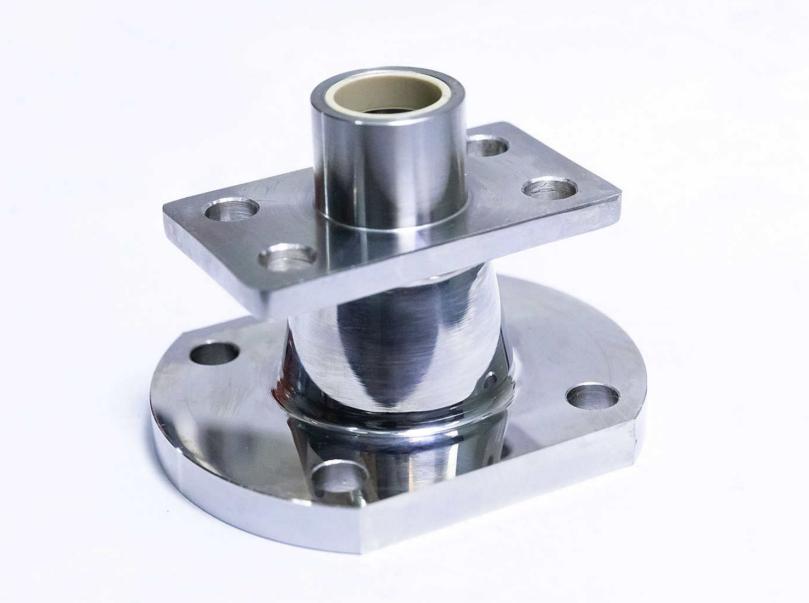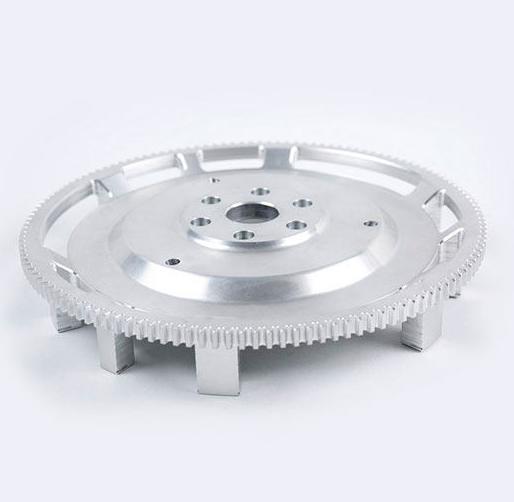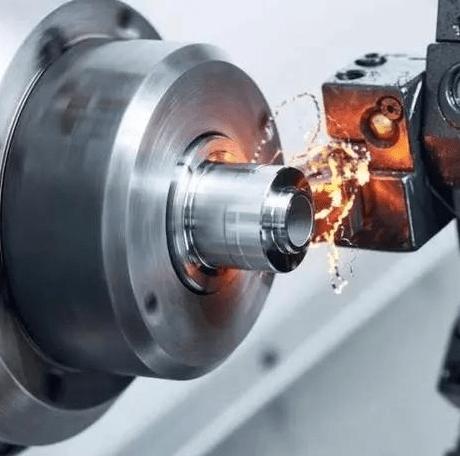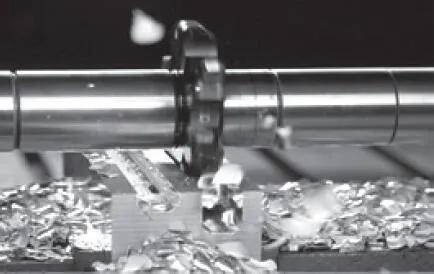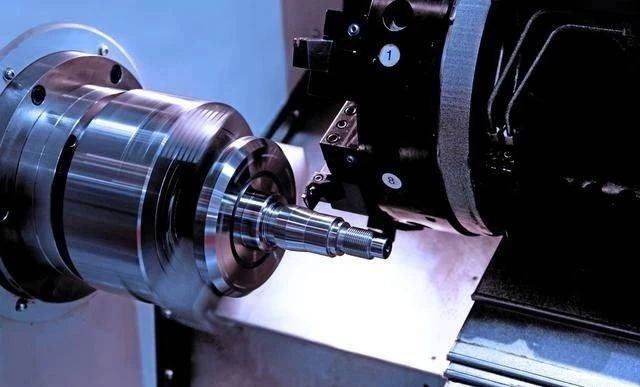CNC turning is a computer numerically controlled (CNC) machining process that produces cylindrical parts from solid metal rods or bar stock. It is a subtractive manufacturing process in which material is removed from the workpiece to achieve the desired final shape. CNC turning is a versatile process that can produce a wide range of parts, such as shafts, gears, and bushings. It is a precise and repeatable process, making it ideal for large production runs. The following explains how CNC turning reduces costs and increases manufacturing efficiency.
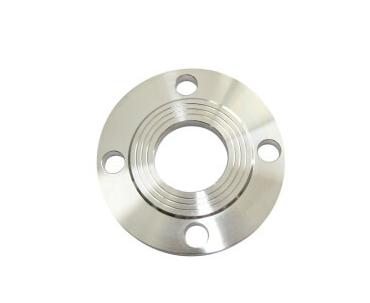
What Are the Long-Term Cost Savings of Using CNC Turning?
While the initial investment in a CNC turning machine may be significant, the long-term cost savings can be quite impressive. Let’s look at how CNC turning can help manufacturers achieve long-term financial benefits.
Reduced Labor Costs
Traditional machining requires skilled machinists to operate machines and maintain quality control. CNC turning automates the process and requires minimal human intervention. The machine itself performs all cutting operations using a pre-programmed digital code. This significantly reduces the labor costs associated with manual machining, particularly for large-scale production runs.
Increased Production Efficiency
CNC turning boasts faster cycle times than manual machining. The machine runs continuously, with minimal setup time between parts. This results in increased production output and enables manufacturers to fulfill larger orders more efficiently. Furthermore, CNC turning provides consistent and repeatable processes, eliminating human error and ensuring consistent part quality, resulting in less wasted time and resources.
Material Optimization
CNC turning software allows for precise toolpath programming, reducing material waste during the machining process. Unlike manual processes, which can be imprecise, CNC turning ensures that only the necessary amount of material is removed to create the desired part. This reduces overall material consumption, resulting in long-term cost savings, particularly when working with expensive materials.
Improved Quality and Reduced Defects
CNC turning’s high level of precision and repeatability reduces the number of defective parts. Unlike manual processes that are prone to human error, every part manufactured by a CNC machine is an exact replica of the programmed design. This drastically reduces scrap rates and the need for rework, saving significant amounts of money on wasted materials and additional labor required to repair defective parts.
Long-Term Investment
While the initial cost of a CNC turning machine may appear high, the long-term cost savings make it an attractive investment. Reduced labor costs, increased production efficiency, material optimization, and defect reduction all contribute to significant long-term financial benefits. As production volume increases, the cost savings become even more significant, making CNC a viable option for many manufacturing applications.
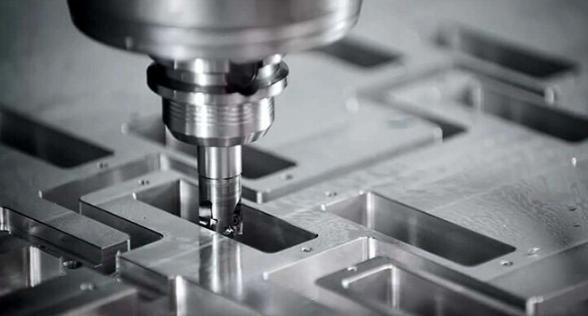
How Does the Cost of CNC Turning Compare to Traditional Machining Methods?
| Factor | CNC Turning | Traditional Machining |
| Initial investment | Higher. A CNC turning machine requires a higher initial investment than a manual lathe. | Lower. The long-term cost savings of CNC turning can compensate for the initial investment. |
| Labor costs | Lower. CNC turning uses less labor than traditional machining. This is because CNC machines are fully automated and do not require a skilled operator to operate them. | Higher. Traditional machining necessitates the use of a skilled operator to set up and run the machine. |
| Material costs | Lower. CNC turning can be more material-efficient than conventional machining. CNC machines can be programmed to reduce material waste. | Higher. Traditional machining can be wasteful because it is more difficult to control how much material is removed. |
| Production efficiency | Higher. CNC turning is more effective than traditional machining. This is because CNC machines can operate continuously without the need for operator intervention. | Lower. Traditional machining requires the operator to stop the machine in order to make adjustments and change tools. |
| Quality | Higher. CNC turning can produce higher-quality components than traditional machining. This is because CNC machines are more precise and can repeat the same process multiple times. | Lower. Traditional machining is more susceptible to human error, which can result in defects in the parts. |
| Flexibility | Higher. CNC turning offers more flexibility than traditional machining. This is because CNC machines can be programmed to produce a wide range of components. | Lower. Traditional machining is usually limited to producing a specific type of part. |
| Overall cost | Lower (long-term). CNC turning reduces labor, material, and production costs. | Higher. |
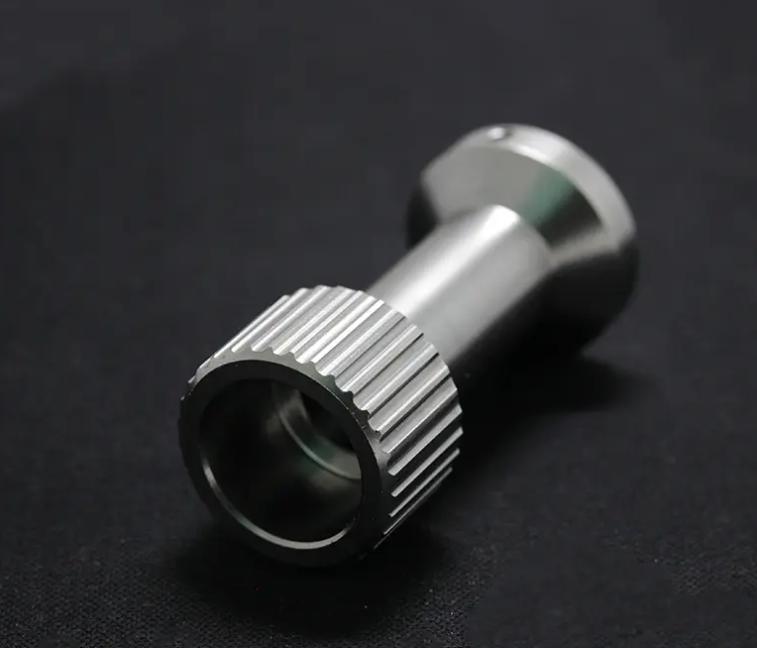
How Does CNC Turning Improve Manufacturing Efficiency?
CNC turning improves manufacturing efficiency in a variety of ways, including production speed and material waste. Here’s a breakdown of the main benefits:
Faster Cycle Times
Unlike manual machining, CNC turning fully automates the process, eliminating the need for manual setup and tool changes. This allows the machine to run continuously with minimal downtime between parts, resulting in a significantly increased production output. Pre-programmed toolpaths ensure that the machine uses the most efficient cutting path for each part. This minimizes unnecessary movements and shortens the overall cycle time.
Reduced Downtime
CNC machines change tools automatically based on the program, eliminating the need for manual intervention and setup time that comes with traditional machining. Once programmed and operational, CNC machines require little operator intervention. This frees up skilled personnel for other tasks, improving the overall production workflow. Modern CNC machines frequently include built-in monitoring systems that alert operators to potential maintenance issues before they arise. This proactive approach eliminates unexpected downtime and ensures a smooth operation.
Minimized Material Waste
CNC programs provide extremely precise control over the cutting tool path. This ensures that only the necessary material is removed to create the desired part, reducing waste compared to manual processes where material removal can be imprecise. The software allows for meticulous toolpath planning to reduce material removal during machining. Additionally, some CNC machines include nesting features that optimize material layout on raw stock, further reducing scrap.
Improved Overall Workflow
Modern CNC machines can be integrated with CAD and CAM software to create a seamless workflow from design to production. CNC turning produces fewer defective parts due to its high precision and repeatability. This reduces the need for rework, which takes up additional time and resources in traditional machining. CNC machines can be easily reprogrammed to produce different parts, allowing for faster production adjustments and greater adaptability to changing customer needs.
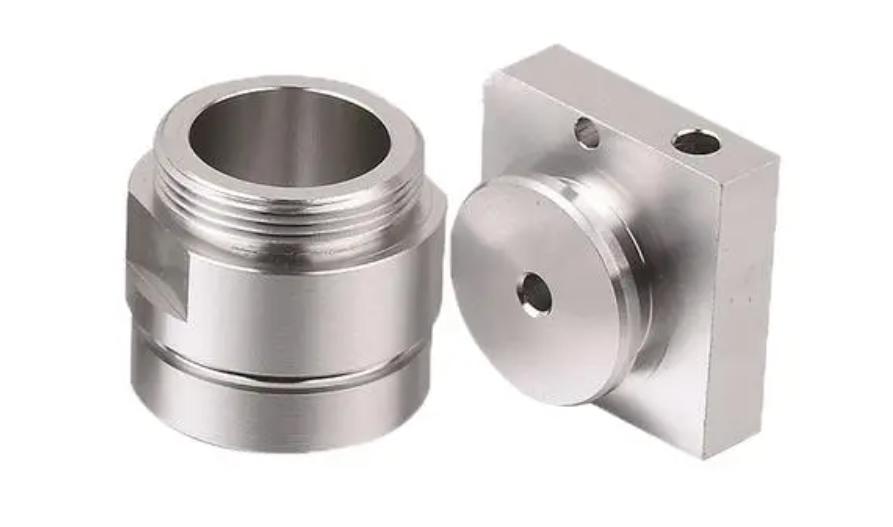
Conclusion
CNC turning provides significant long-term cost savings by lowering labor costs, reducing material waste, and increasing production efficiency. This information can help businesses make informed decisions about investing in CNC technology, potentially increasing profit margins. Businesses that understand how CNC turning optimizes production processes can gain a competitive advantage. Faster production cycles, higher output, and consistent quality result in faster deliveries and a more responsive supply chain, allowing companies to better meet customer demands. Knowing the capabilities and limitations of CNC turning enables manufacturers to better plan their production processes. They can accurately estimate production times, material requirements, and labor needs, resulting in smoother operations and a lower risk of delays. Overall, understanding how CNC turning reduces costs and improves manufacturing efficiency enables businesses to make strategic decisions that result in increased profitability, competitiveness, and a more sustainable and innovative manufacturing ecosystem. If you require CNC turning services, please contact us.


